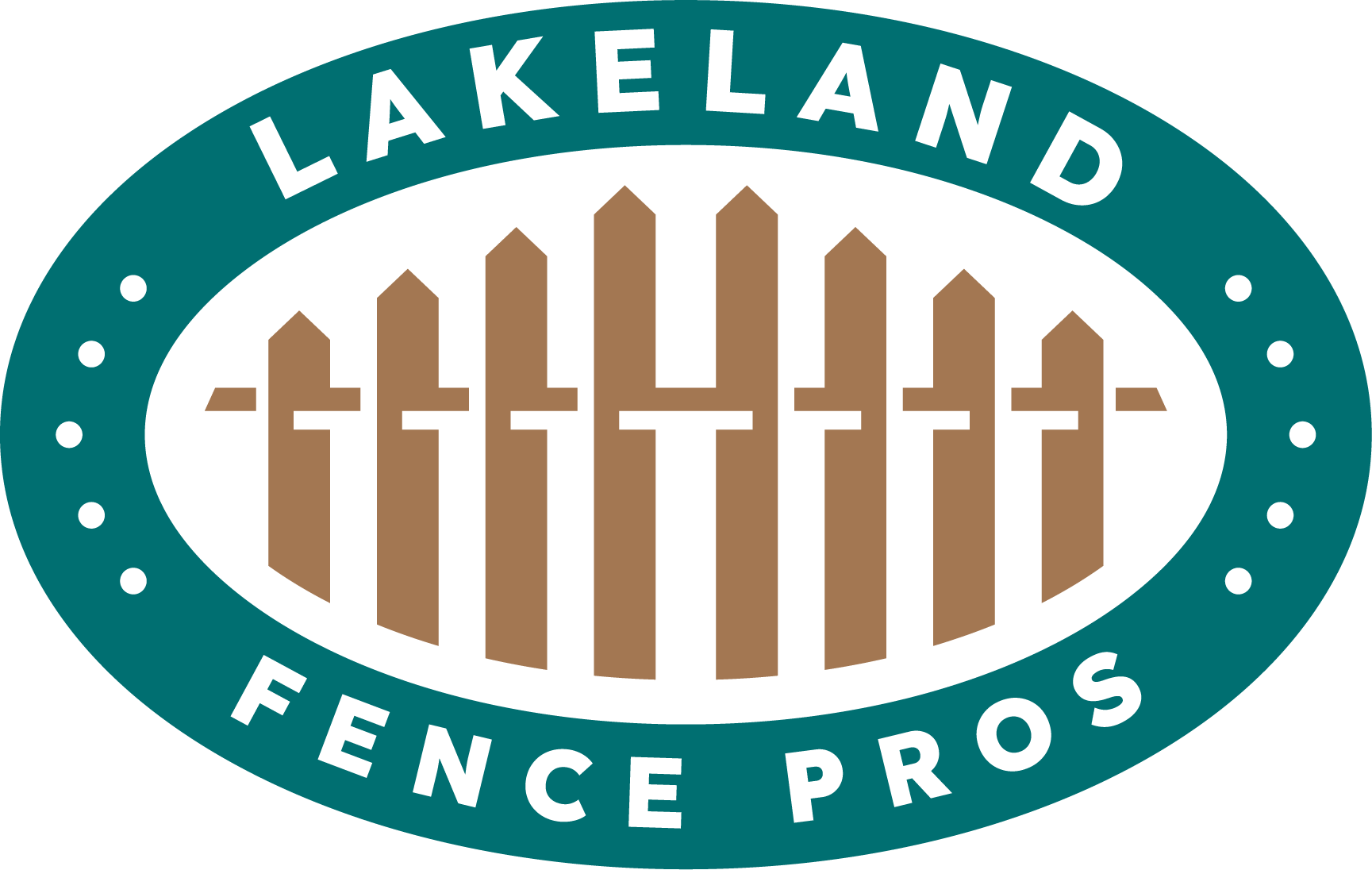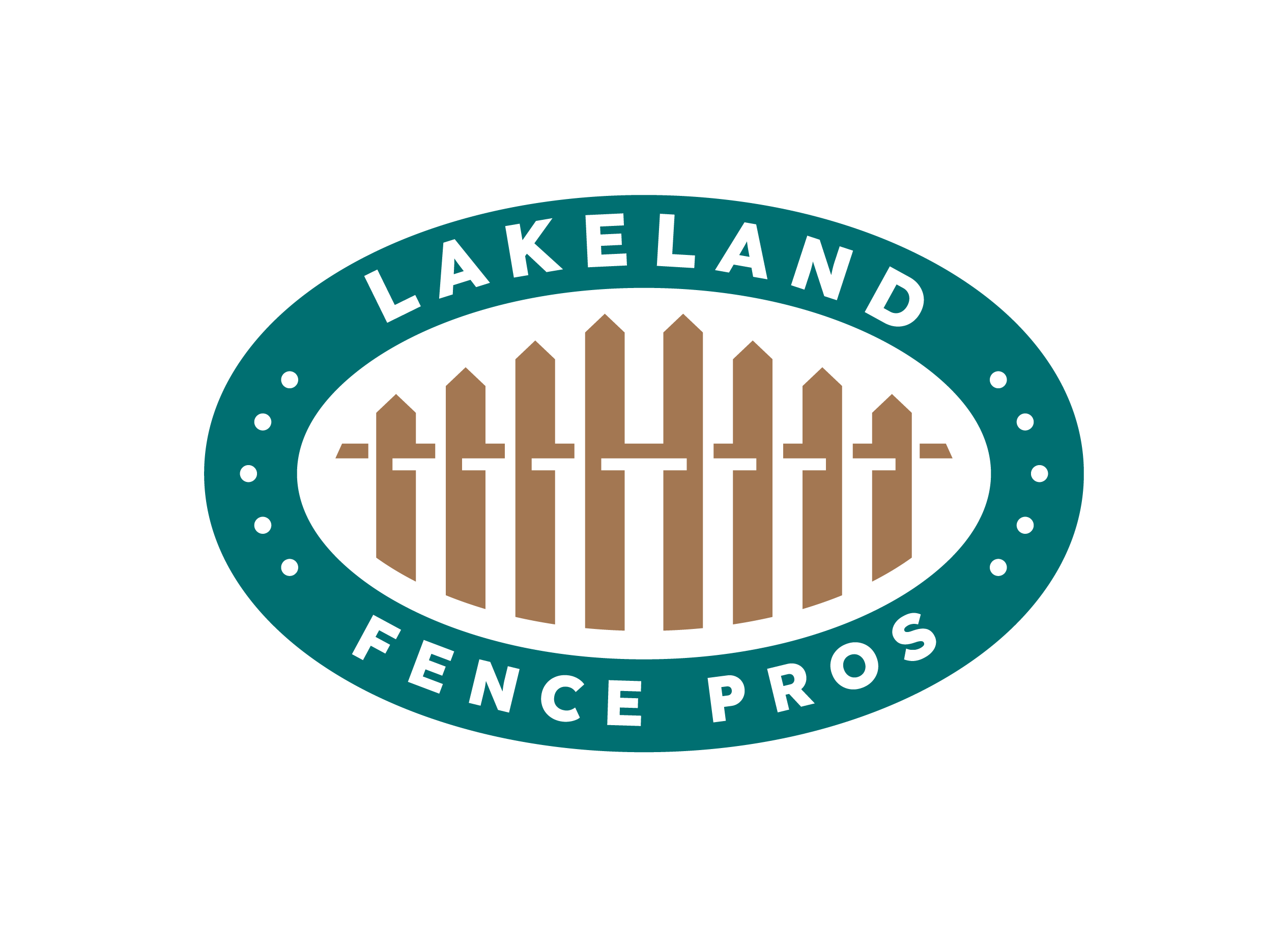A Complete Homeowner’s Guide from Lakeland Fence Pros
Many Florida homeowners assume that when a fence begins to lean or wobble, the entire structure is failing. But in reality, most fencing problems in Lakeland start with the posts, not the panels.
That means you can often restore strength and alignment by replacing just the damaged posts, saving time, money, and materials.
This comprehensive guide breaks down everything Lakeland homeowners need to know — from spotting failing posts to choosing the right replacement materials for Polk County’s climate. You’ll also find expert tips, Florida-specific insights, and trustworthy nofollow educational links from government and university sources.
Let’s dig in.
Why Fence Posts Fail So Frequently in Central Florida
Lakeland’s mix of humidity, summer storms, wet soil, and year-round sunshine creates the perfect environment for fence post deterioration. Here are the most common causes we see throughout Polk County:
🟦 Soil Saturation From Heavy Rain
Lakeland’s rainy season brings extended periods of wet soil that can loosen, shift, or sink fence posts. Moisture also accelerates decay in wooden posts. The Florida Forest Service provides state-specific insights into wood health and moisture <a href=”https://www.fdacs.gov/Forest-Wildfire/Our-Forests/Forest-Health/Forest-Insects” rel=”nofollow”>Forest Health Overview</a>
🟩 Termite Pressures Unique to Florida
Termites thrive in Florida’s warm, humid climate. Wooden posts, even pressure-treated, are vulnerable over time. UF/IFAS offers guidance on termite prevention (<a href=”https://edis.ifas.ufl.edu/topic_termite_management” rel=”nofollow”>UF/IFAS Termite Guide</a>).
🟥 Storm Winds & Sudden Weather Shifts
Lakeland experiences quick, powerful wind bursts and summer storms that stress fence lines. A single weakened post can cause an entire section to lean. FEMA’s wind-load guidelines provide general structural insights (<a href=”https://www.fema.gov/emergency-managers/risk-management/building-science” rel=”nofollow”>FEMA Building Science</a>).
🟧 Natural Rot & Ground-Level Moisture Exposure
Even pressure-treated wood eventually breaks down in Florida’s climate. Rot typically starts where the post meets damp soil.
🟪 Posts Installed Incorrectly
Common installation problems include posts too shallow, minimal or crumbling concrete, no gravel drainage, or using lumber not rated for ground contact. When these problems combine with Florida’s moisture, early failure is almost unavoidable.
How to Know When Only the Posts Need Replacement
Not every leaning fence requires a rebuild. In many cases, vertical fence repair focused on the posts is sufficient.
Look for these signs:
-
Fence panels look straight but the structure leans
-
Posts wiggle when pushed
-
Rails remain intact
-
Bottom of post is soft, hollow, or splitting
-
One section tilts but surrounding areas do not
-
Soil erosion around the base of a post
-
Fence rises and dips without panel damage
If this describes your fence, post replacement is usually the best solution.
How Professionals Replace Fence Posts Without Removing the Whole Fence
Lakeland Fence Pros performs this repair frequently. Here’s a simplified overview:
1. Stabilizing the Fence Section 🟦
Before removing anything, the fence panel is supported using upright braces, clamps, and tension straps. This prevents damage during the repair.
2. Removing the Old Post 🟥
Rails are detached, hardware removed, and the post is cut or pulled out. Concrete is broken apart and removed from the post hole. If termite issues are present, homeowners can review safety information via the EPA (<a href=”https://www.epa.gov/safepestcontrol/termites” rel=”nofollow”>EPA Termite Resource</a>).
3. Digging a Properly Sized Hole 🟩
Lakeland’s soil can vary from sandy to clay-heavy, so depth matters. General Florida recommendation: minimum depth 30 inches, ideal depth ⅓ of post length. Gravel is added to improve drainage and reduce rot.
4. Setting the New Post in Place 🟫
The replacement post is leveled in all directions. Temporary bracing keeps it stable.
5. Pouring Concrete & Allowing Proper Cure Time 🟧
Fast-setting concrete is common, but standard concrete offers excellent long-term strength. The USDA provides research on wood durability under different environmental conditions (<a href=”https://www.fpl.fs.usda.gov/” rel=”nofollow”>USDA Wood Durability Research</a>). The top of the concrete is sloped to direct water away.
6. Reattaching the Fence Panels & Hardware 🟪
Rails are reattached, screws or brackets replaced, and pickets aligned. Final adjustments ensure a straight fence line without replacing panels.
Choosing the Best Replacement Material for Lakeland Conditions
Your choice of post significantly affects fence longevity in Central Florida:
Pressure-Treated Wood Posts
-
Cost-effective
-
Easy to work with
-
Matches most existing fences
Choose ground-contact rated lumber only — many homeowners unknowingly buy the wrong type.
Galvanized Steel or Metal Posts
-
Excellent durability
-
Storm-resistant
-
Can reinforce wood or vinyl panels
Vinyl Fence Posts
-
Resistant to moisture
-
Clean, uniform look
-
Low maintenance
Ideal for vertical fence repair projects involving vinyl systems.
Concrete Posts
-
Nearly indestructible
-
Heavy and harder to DIY
Best suited for areas with high wind exposure.
DIY Post Replacement vs. Hiring Lakeland Fence Pros
DIY is reasonable when:
-
One or two posts need replacement
-
Panels are lightweight
-
You have the right tools and experience
Hire professionals when:
-
Multiple posts have failed
-
Fence leans in multiple directions
-
Concrete removal is difficult
-
Hurricane-resistant reinforcement is needed
-
Heavy panels or vinyl sections are involved
-
Long-term warranty protection is desired
What Makes Fence Repair Different in Lakeland
Polk County’s climate creates fence challenges rarely seen elsewhere:
-
Moisture changes soil density
-
Storm winds hit unexpectedly
-
Heat and UV degrade wood rapidly
-
Termites are active year-round
-
Afternoon storms saturate the ground
Backyard fence maintenance in Florida must be proactive.
Local Homeowner Reviews
⭐⭐⭐⭐⭐ “Lakeland Fence Pros replaced three rotted posts and straightened our entire fence line. The panels were still good, and they saved us a full replacement.” — Rhonda L., Lakeland Highlands
⭐⭐⭐⭐⭐ “They explained everything clearly, worked fast, and reinforced our posts better than the original builder. Our fence looks brand new.” — Daniel F., North Lakeland
⭐⭐⭐⭐⭐ “We had leaning posts after a summer storm. Lakeland Fence Pros put in new metal posts and the difference is impressive. Stronger than ever.” — Meagan P., Auburndale
Maintenance Tips to Prevent Future Post Failure
-
Clean away soil touching wood posts
-
Redirect sprinklers away from fence lines
-
Inspect posts after major storms
-
Keep plants from hugging the fence
-
Add fresh gravel around post bases when needed
-
Replace rusted screws and brackets
-
Seal or stain wood every 2–3 years
Small proactive steps prevent major repairs.
When Fence Post Replacement Isn’t Enough
Sometimes issues extend beyond vertical fence repair:
-
Multiple rails are cracking
-
Fence line dips dramatically
-
Panels are aging or water-damaged
-
Posts have failed repeatedly
-
Fence is 15–25+ years old
In these cases, partial rebuilding or new installation may be recommended.
Cost Reference (Non-Local Resource)
For national average pricing, homeowners sometimes consult HomeAdvisor (<a href=”https://www.homeadvisor.com/cost/outdoor-living/repair-a-fence” rel=”nofollow”>Fence Repair Cost Guide</a>). This is purely informational.
Colorful Emblems
🟦 Secure 🟩 Reinforced 🟥 Repair 🟧 Safety 🟪 Strength 🟫 Structure
Call to Action
If one or more fence posts are failing, there’s no need for a full replacement. Lakeland Fence Pros delivers affordable, efficient, Florida-smart post repair solutions that restore strength and appearance without unnecessary cost.
➡️ Call For Your FREE Estimate Today!
Serving Lakeland, Mulberry, Auburndale, Bartow, Plant City, and surrounding areas.

